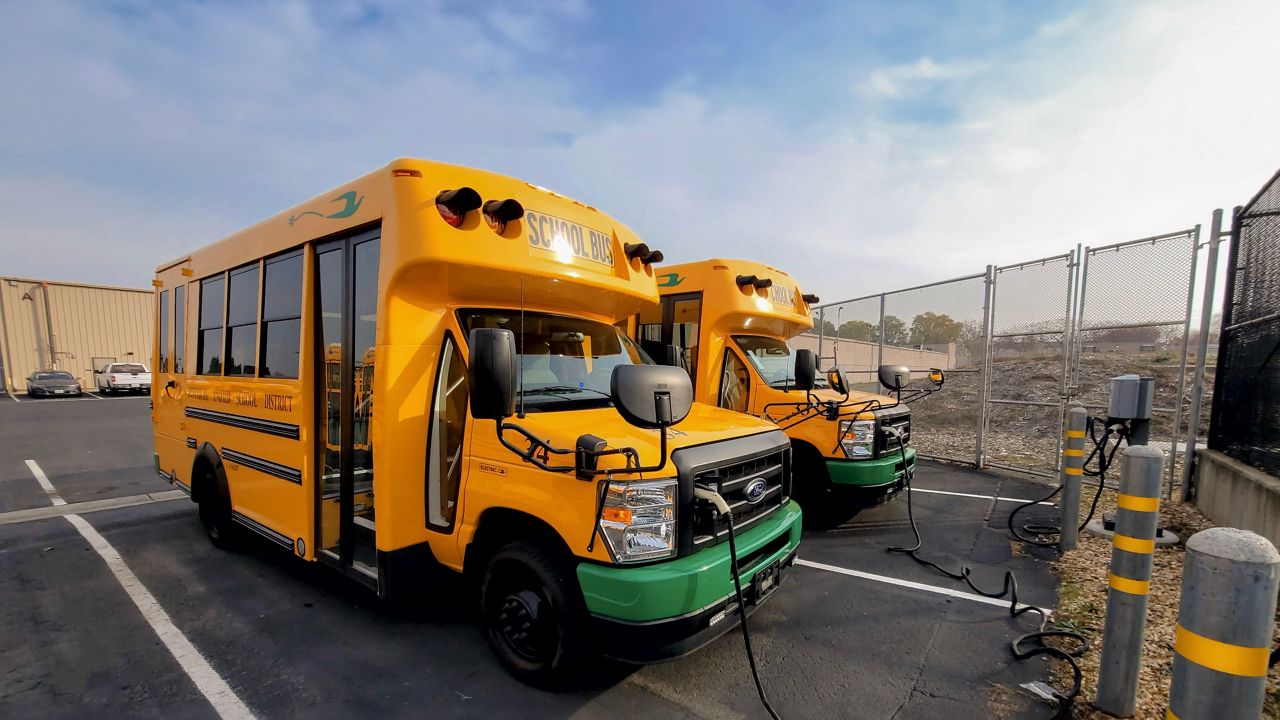SACRAMENTO, Calif. — Three California school districts will receive $2.9 million to install 12 bidirectional chargers for electric buses. The chargers allow the buses' batteries to send electricity back to the grid during peak demand, reducing the risk of power outages.
The California Energy Commission grant will implement the chargers as part of its Replicable V2X Deployment For Schools project. Designed to serve as a template for similar projects in the state, it will use open-source standards for the electric buses, hardware, and software.
"Our interest is to establish real-world examples of vehicle-to-grid projects that other districts can easily replicate," The Mobility House CEO Greg Hintler said in a statement. The Mobility House is a European EV charging and energy management company with a U.S. base in Belmont, Calif., that will oversee the Replicable endeavor. "Through this project, we aim to reduce congestion on the same circuits by reducing the need for imported power, thus benefiting three school districts, the State of California and grid reliability."
Pittsburg Unified School District, Fremont Unified School District, and the Napa Unified School District will receive the grant funds through the CEC's Clean Transportation Program.
Bidirectional EV chargers take electricity from a utility to fuel electric vehicles and can reverse the flow, sending stored electricity from their batteries back to the grid. Electric school buses are a good fit for the technology because they have larger batteries than standard vehicles. They typically spend their peak solar hours parked and plugged into bidirectional chargers.
Like most vehicles, school buses only spend their mornings and afternoons on the road, picking up and dropping off students. That means they can recharge when electricity is cheapest. They can also send energy back to the grid when it's most needed and make a profit.
Three participating schools in the Replicable project will send power from the buses during peak solar hours during the summer, earning the districts $2 per kilowatt hour. One school will use the technology as part of a community resilience hub that can provide services in case of emergency events like wildfires.
"This project is a game-changer for our district, marking a significant stride in our journey towards a sustainable future," Pittsburg Unified School District maintenance director Matthew Belasco said in a statement. "It not only brings financial relief but also strengthens our community's resilience."
The three Northern California school districts join Cajon Valley Union School District, which began a five-year pilot project with San Diego Gas & Electric last year.



